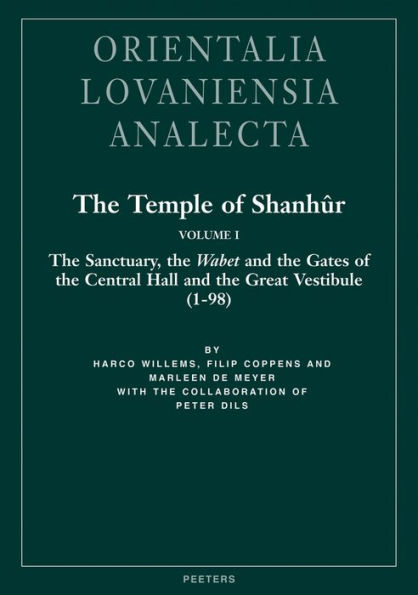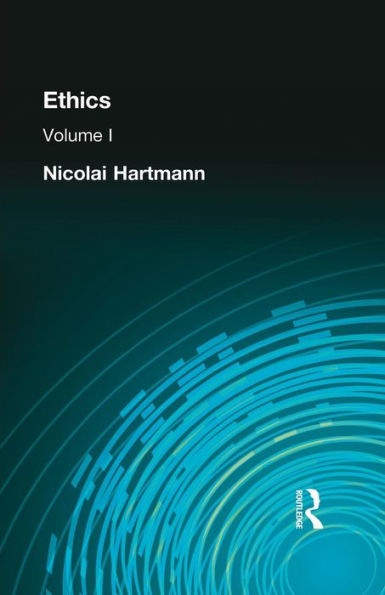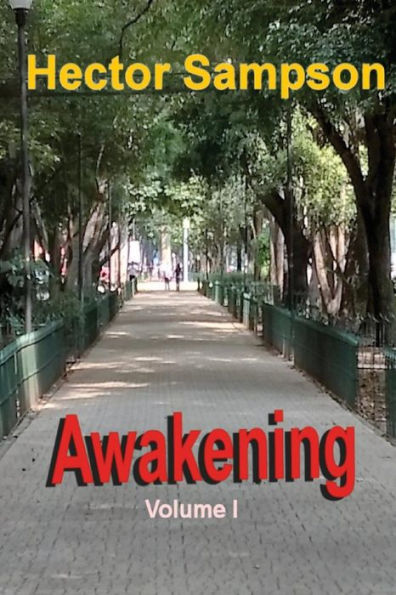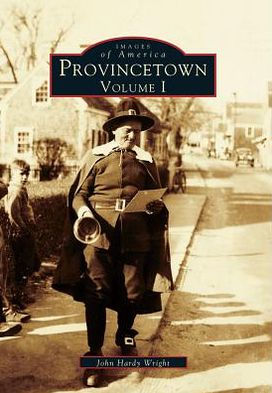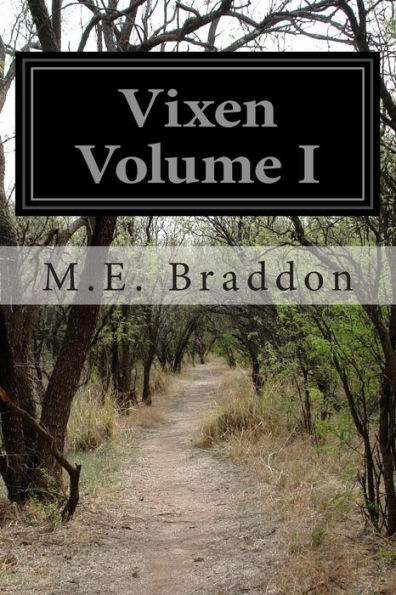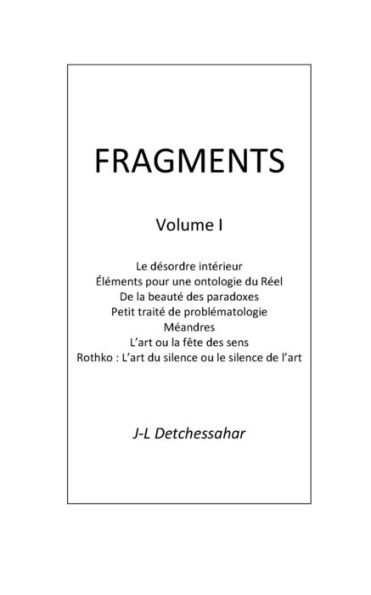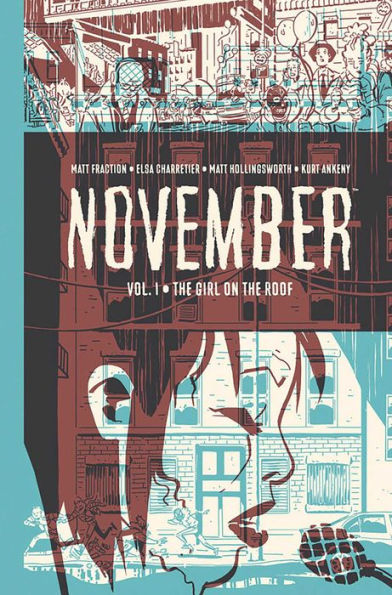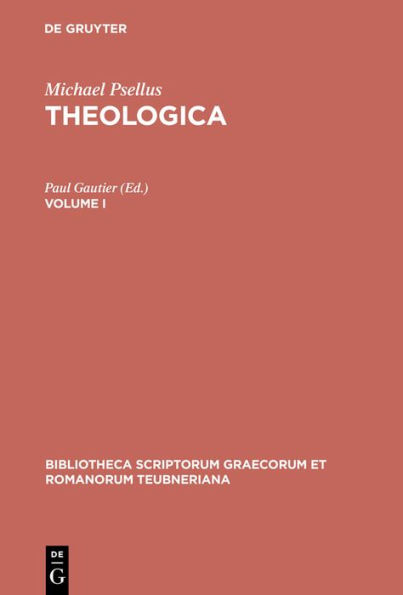Home
Temples of Luxury: Volume I: Hotels
Barnes and Noble
Temples of Luxury: Volume I: Hotels
Current price: $160.00
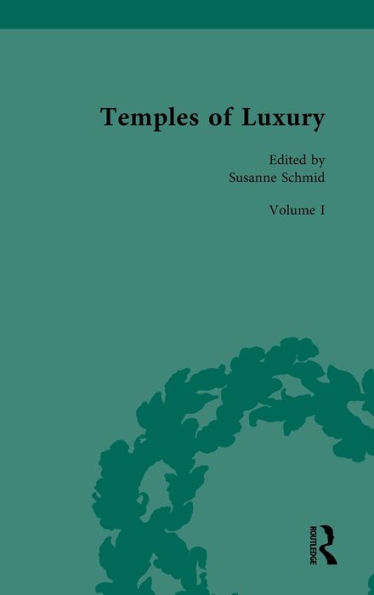

Barnes and Noble
Temples of Luxury: Volume I: Hotels
Current price: $160.00
Size: Hardcover
Loading Inventory...
*Product information may vary - to confirm product availability, pricing, shipping and return information please contact Barnes and Noble
This two-volume collection of British primary sources examines institutions such as hotels, inns, arcades, bazaars, co-operatives, shops and department stores in the long nineteenth century, which were often coded as ‘luxurious’. This period was marked not only by an increase of individual consumerism but also by the institutionalisation of opulent, often purpose-built spaces such as the much-admired new grand hotels, supposedly an American invention, and department stores, modelled on the French
grands magasins
. These environments were tied to leisure (no longer a prerogative of the upper classes) and thus to modernity. In addition to addressing the luxurious side of these institutions, including architectural innovation and interior decoration, we also consider the other side of luxury, examining the experience of staff and period debates over the morality of consumption.
This edition seeks to explore a fascinating but hitherto often neglected side of the British nineteenth century by bringing together a collection of annotated primary texts and visual material documenting these ‘temples of luxury’ as they were seen by their contemporaries.
grands magasins
. These environments were tied to leisure (no longer a prerogative of the upper classes) and thus to modernity. In addition to addressing the luxurious side of these institutions, including architectural innovation and interior decoration, we also consider the other side of luxury, examining the experience of staff and period debates over the morality of consumption.
This edition seeks to explore a fascinating but hitherto often neglected side of the British nineteenth century by bringing together a collection of annotated primary texts and visual material documenting these ‘temples of luxury’ as they were seen by their contemporaries.
